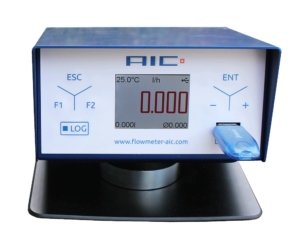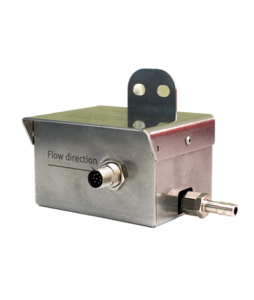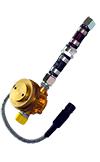Utility Vehicle
VEHICLE EMISSIONS EVALUATION
Vehicle emissions testing involves putting an automobile through a series of stringent assessments to discover its fuel efficiency and the amount of greenhouse gases it produces under different conditions according to global emissions requirements and standards.
Depending on the technology and applicable regulatory requirements like WLTP and RDE, the tests themselves can vary. The vehicle emissions evaluation usually includes testing of overall engine efficiency performance, effectiveness of catalytic converters, particle traps and other emissions control devices, and the system’s response to alternative fuels.
In recent years, there has been growing concern that results from on-road vehicle emissions testing in the ‘real world’ considerably differ from emissions test results conducted in the lab and that there are no universal standardised and harmonised emissions test procedures.
Therefore, new emissions and fuel efficiency testing methods like RDE – real driving emissions test procedure and the Worldwide Harmonized Light Vehicles Test Procedures (WLTP) were introduces by the UN to provide more transparent results.
WHAT IS WLTP?
The Worldwide Harmonized Light Vehicles Test Procedure (WLTP), which is applicable across the EU as well as China, Japan, India, Korea and other countries, mandates the use of harmonised test procedures that can evaluate emissions and fuel efficiency in a consistently repeatable and reproducible manner. Specific assessments under the WLTP include exhaust gases concentrations, particulate mass and particulate number, CO2 emissions, fuel and electrical energy consumption and electrical operating range.
Testing cycles are generally determined by vehicle class (Class 1, 2 or 3), which are defined by the vehicle’s power/weight ratio. The WLTP includes several changes from existing requirements under the EU’s New European Driving Cycle (NEDC) procedure.
WHAT IS RDE?
The European Union’s Real Driving Emissions (RDE) regulations require the use of a portable emissions measuring system (PEMS) attached to the vehicle to measure vehicle pollutant emissions under actual driving conditions. RDE test results are then correlated with emissions results obtained in the testing laboratory.
Testing under the EU’s RDE is now required and, since 1 September 2017, type approval requirements also consider emissions levels identified during RDE testing. As of that date, vehicles that fail RDE testing cannot be placed on the market.
WHY IS FUEL EFFICIENCY AND VEHICLE EMISSIONS TESTING IMPORTANT?
Vehicle emissions testing offers vehicle manufactuerers multiple benefits such as:
- Determining the best approach for emission reduction by identifying potential innovative technical solutions through early testing in the development process
- Ensuring vehicle systems and parts perform in accordance with design specification by post-production testing
- Providing complete Conformity of Production (CoP) documentation
- Strengthen your brand reputation by reducing CO2 emission, tackle climate change and providing your customer with more environmentally friendly vehicles to boost sales




